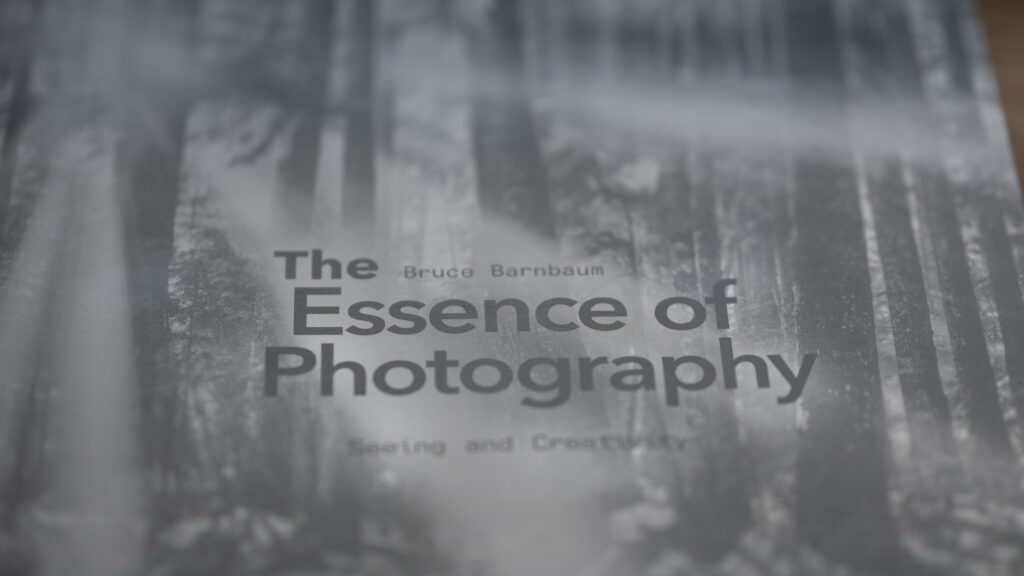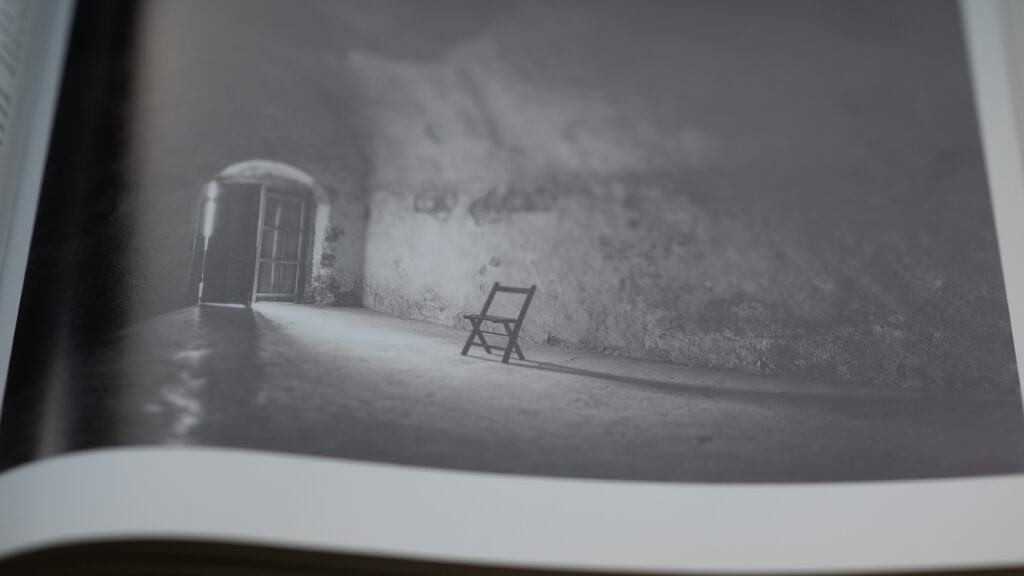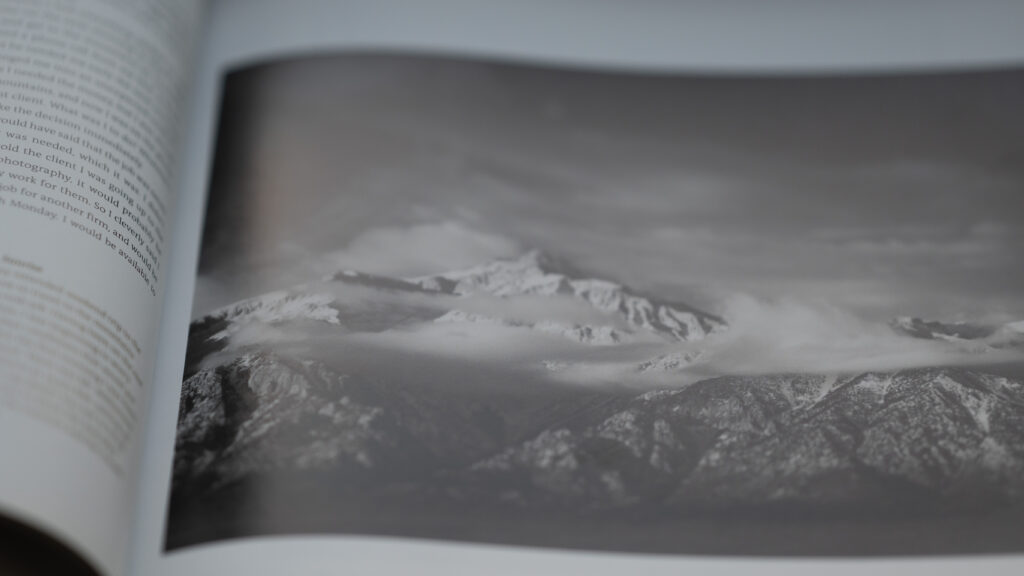Bruce Barnbaum has photographed for more than 40 years and has been so lucky as to have studied in workshops held by Ansel Adams! He apparently worked as a programmer and mathematical analyst and abruptly left the field 40+ years ago and never looked back! His best seller The art of Photography: An Approach to Self Expression was published for the first time in 1994 and I think you can see this book The essence of photography as a follow-up to his classic book, as he makes several references to The art of Photography. So maybe you want to start there? I did not, I dived right into The essence of Photography!

The book is beautifully illustrated with lots of predominantly black and white images of landscapes, architecture, abstracts and nature. Always tack sharp – no intentional camera movements or out-of-focus images; all very disciplined and true to the subject.

Bruce covers a number of subjects throughout the book:
- Finding your own approach to and passion for photography
- Professional vs amateur photographers
- Realism vs abstract images
- Classes and workshops
- Composition rules and why to ignore them!
Throughout the book the arguments for a certain point of view are presented in a very balanced way – you can clearly tell that Bruce has had a lot of studens passing through his workshops and he has listened to many different arguments pro/con a certain subject. And in my humble opinion, it is a pleasure to read the balanced views presented by Bruce. You have no doubt where he stands and what his view is, but it is presented in a way where also the imaginary opponents get their say. We could surely use some more of this, both in social media and politics if you ask me!

Towards the end of the book, Bruce tells his own story about his love for nature and preserving planet earth as much as we can, and how he has tried to contribute to this end via his photography. And how photography is his passion in which he tries to contribute to preserving what he loves: nature. And that is a nice wrap to a really inspiring book where he uses himself as an example to how to find the passion for photography. He really walks the talk.
On a more personal note, there were 3 points that I really liked about this book: (1) there is no formula to success, (2) rules of composition should be ignored and (3) why some professional photographers are worse photographers than amateurs! If you are tempted to dive into these 3, then you will find this book of particular interest. If not, I would still recommend this book for anyone seeking ideas and stimulation rather than step-by-step instructions for photography.
Related reading
Review: Ansel Adams: 400 Photographs
Review: WILD! What you love you will protect, by Helle and Uri Løvevild Golman
